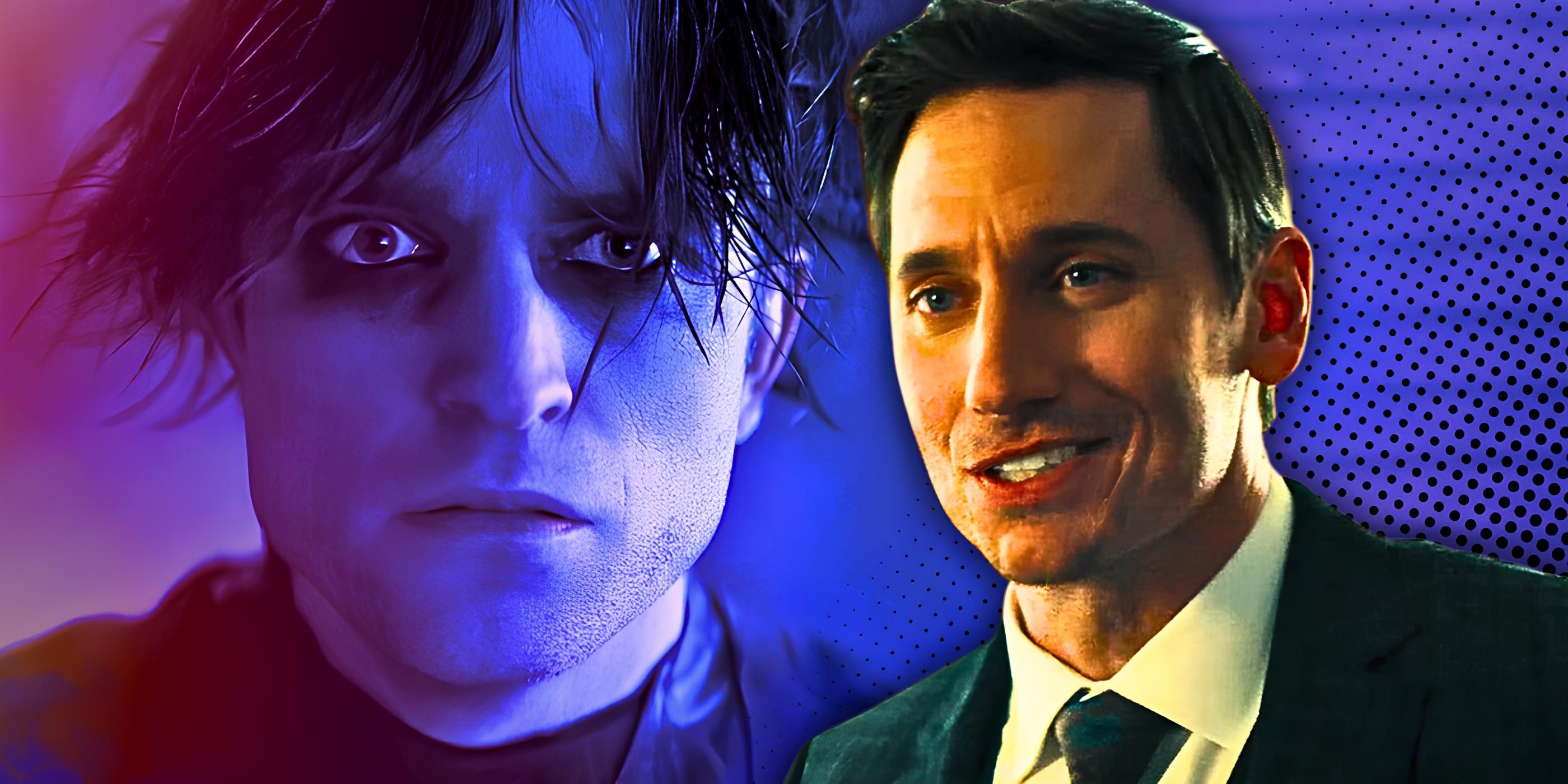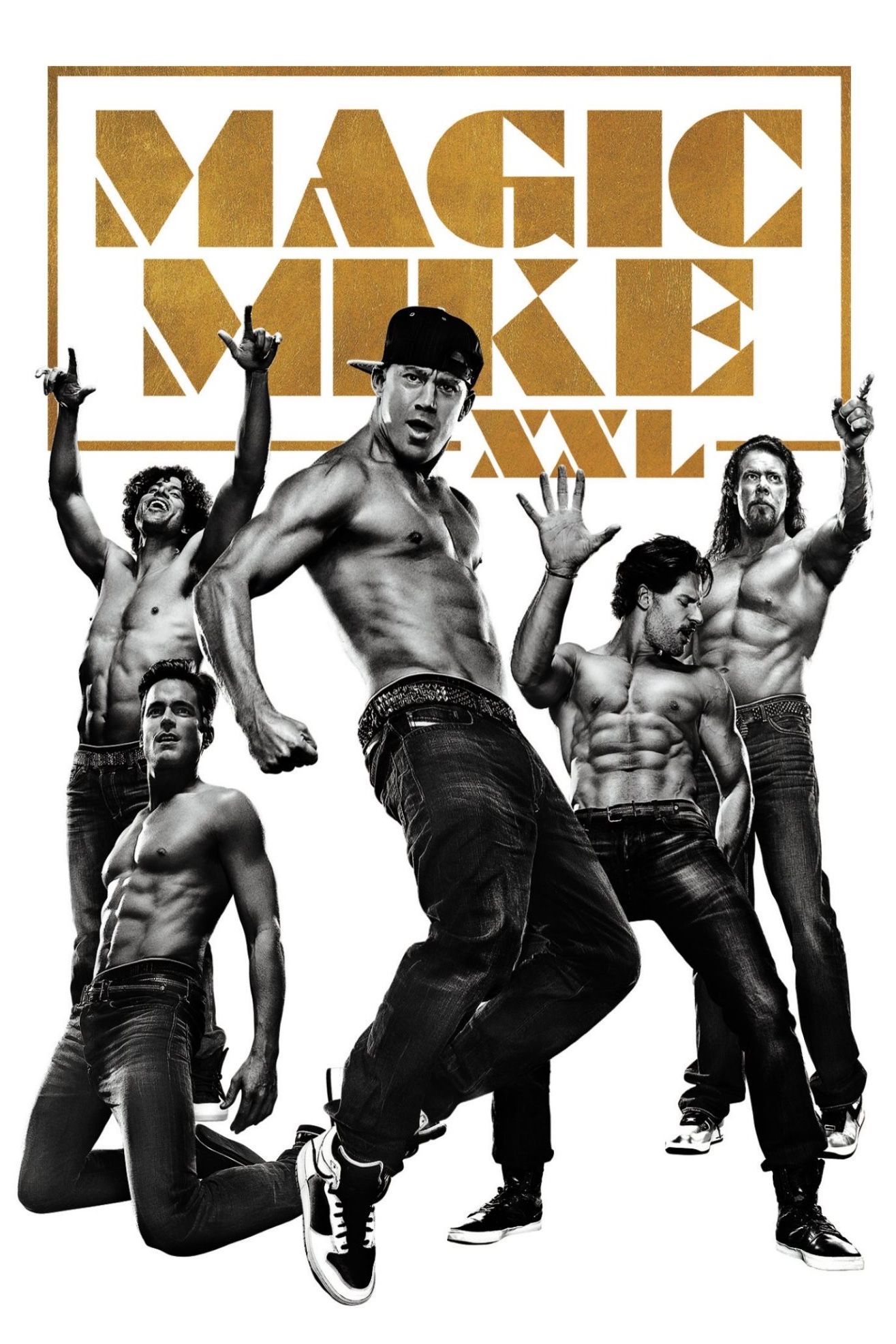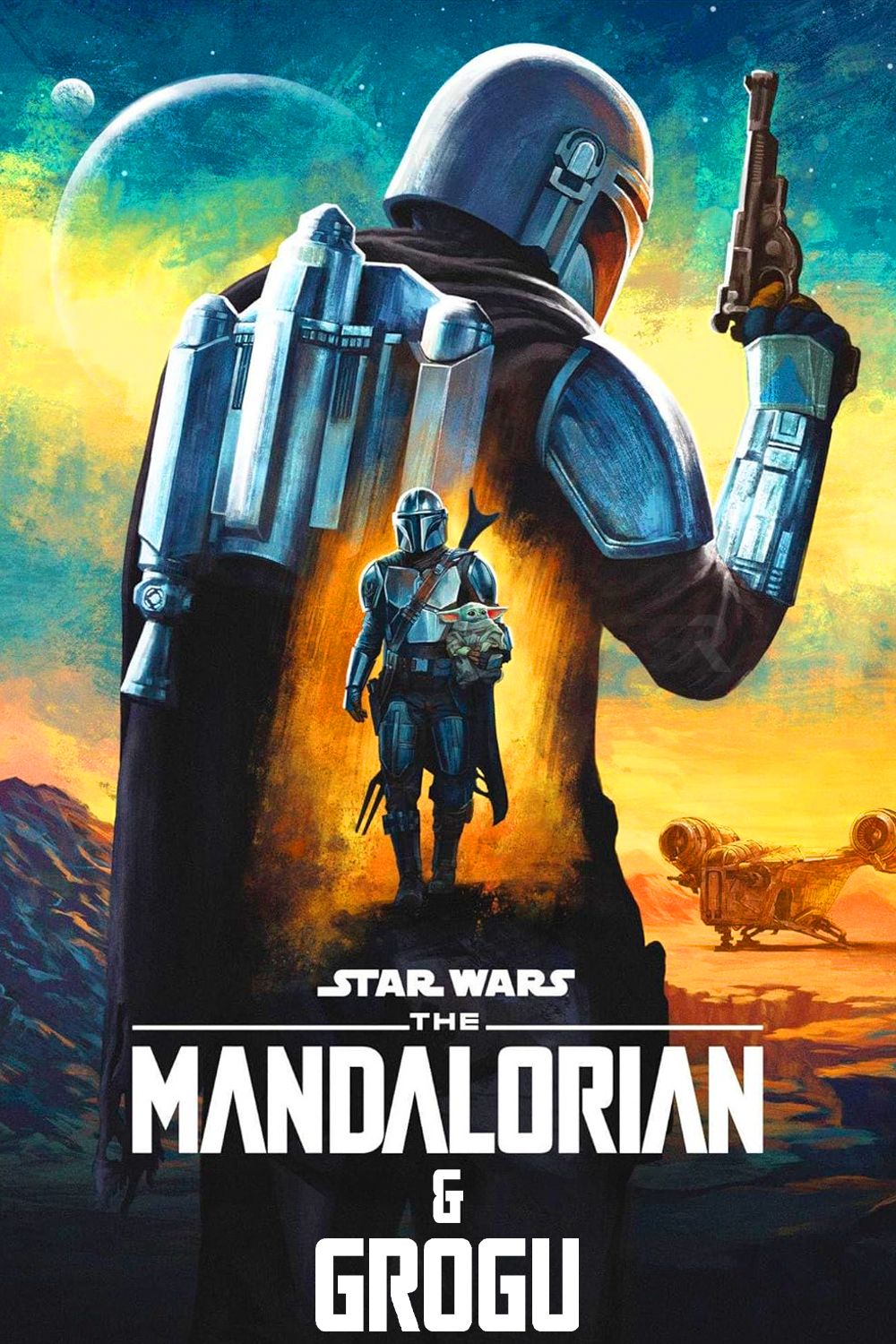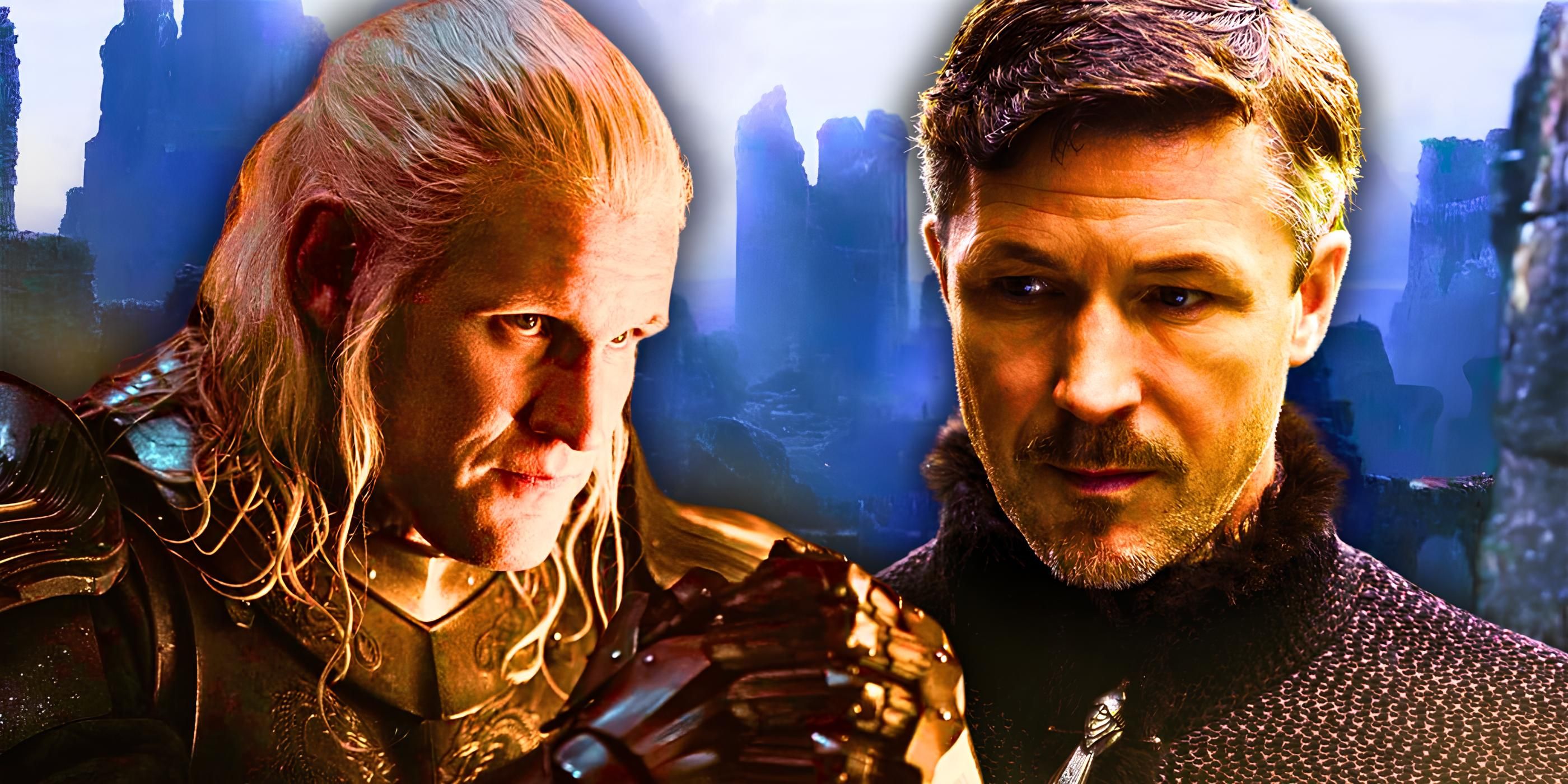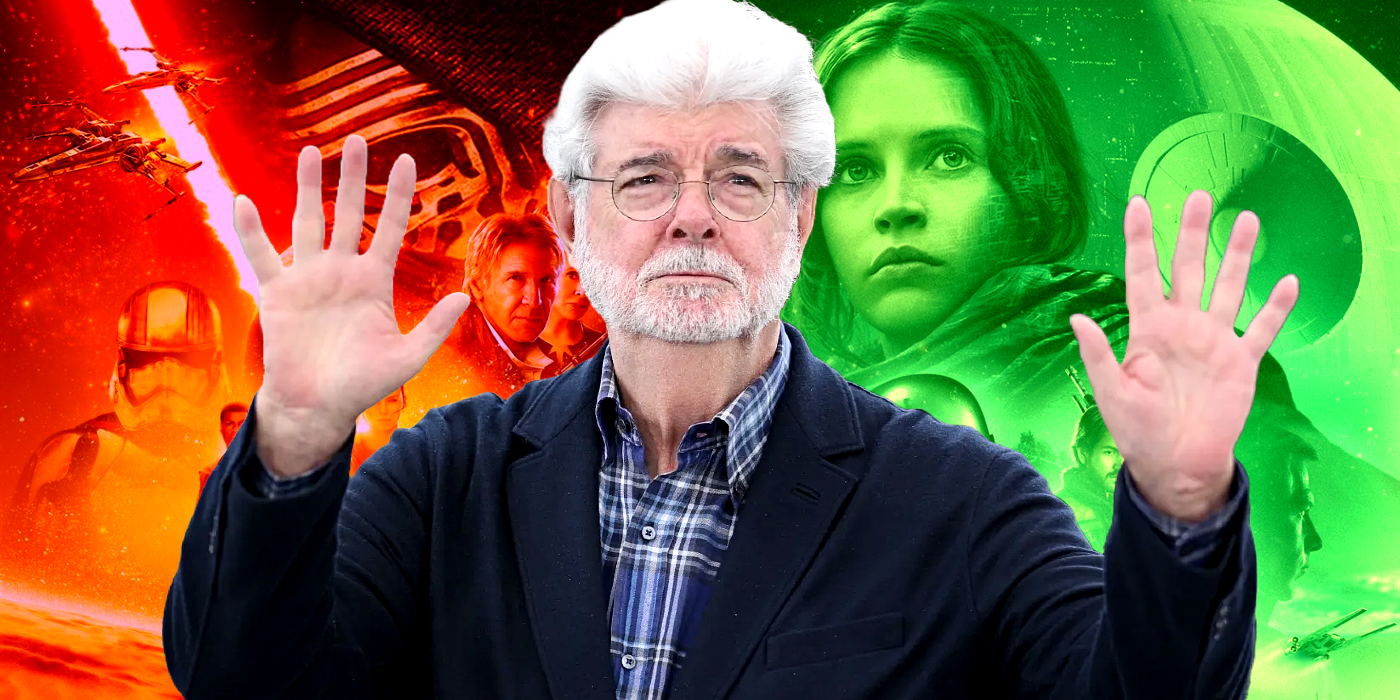The Jurassic Park franchise has now expanded to five movies (with a sixth on the way), and an animated series on Netflix. With Jurassic World: Camp Cretaceous having just dropped its fourth season, there are plenty of callbacks to the popular franchise.
Jurassic World: Camp Cretaceous is the first show to explore the canon of Jurassic Park outside of the movies. The main characters of the show often find themselves during events of the films or in their aftermath. However, one of the fun things for long-time fans of the show is how it expands the story to show events that impact and recontextualize the films.
Jurassic Park
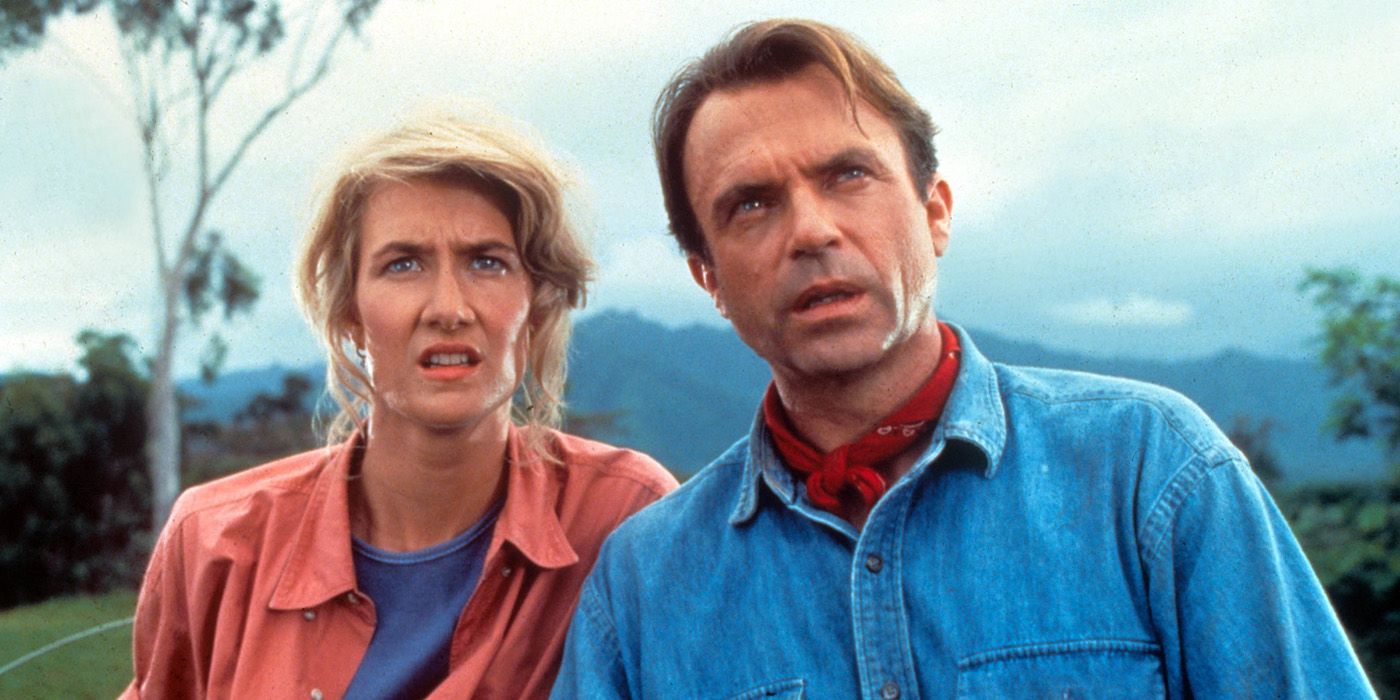
The famous visitors center from Jurassic Park is an iconic location due in part to it being the location of the climactic battle between the T-Rex and the Raptors at the end of the first film. There was plenty of fan service in Jurassic World, especially when two characters find themselves in the iconic setting.
Much like the scene in Jurassic World, the stranded campers find themselves at the old visitors center from Jurassic Park. Since the show takes place around the same time as Jurassic World, the run-down building is in the same condition, complete with a giant hole in the side from where the Indominus Rex barged in during one of the movie’s iconic scenes.
Blue
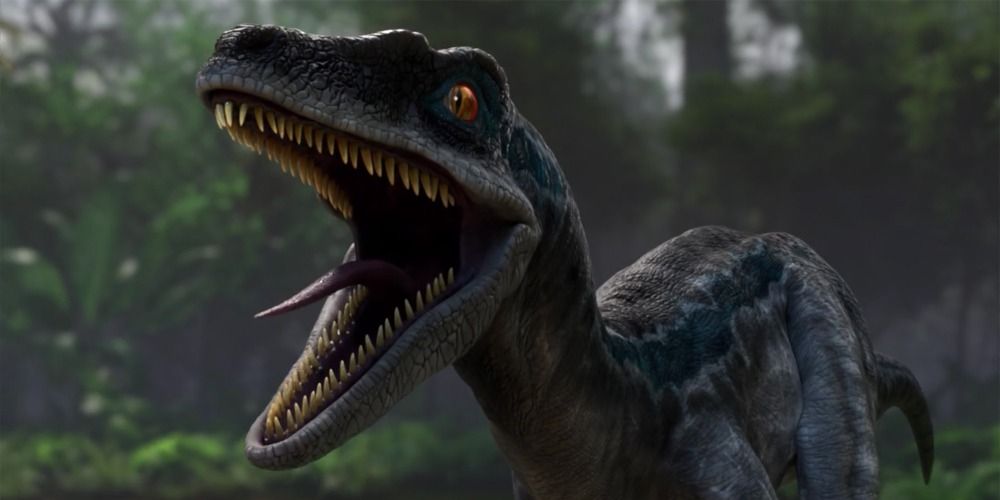
In the Jurassic Park movies, the raptors were always one of the main antagonists for the heroes to run from. These dangerous pack animals were formidable foes. It wasn’t until Jurassic World when Owen Grady figured that you could train the raptors, and they joined the fight against the Indominus. However, all but one raptor was killed in that final fight.
Blue has become a mascot for the new Jurassic World films. She’s described as different than the others since she imprinted on Owen at such a young age, even showing empathy towards her handler. Blue’s whereabouts after Jurassic World are unknown until Jurassic World: Camp Cretaceous. Turns out, she made a home for herself in the old Jurassic Park visitors center. She would help the kids at first by fighting the Scorpius Rex, doing enough damage that the Scorpius Rex ran off. It’s also possible that she might turn up next Jurassic World: Dominion, with several other fan-favorite dinosaurs.
Scorpius Rex
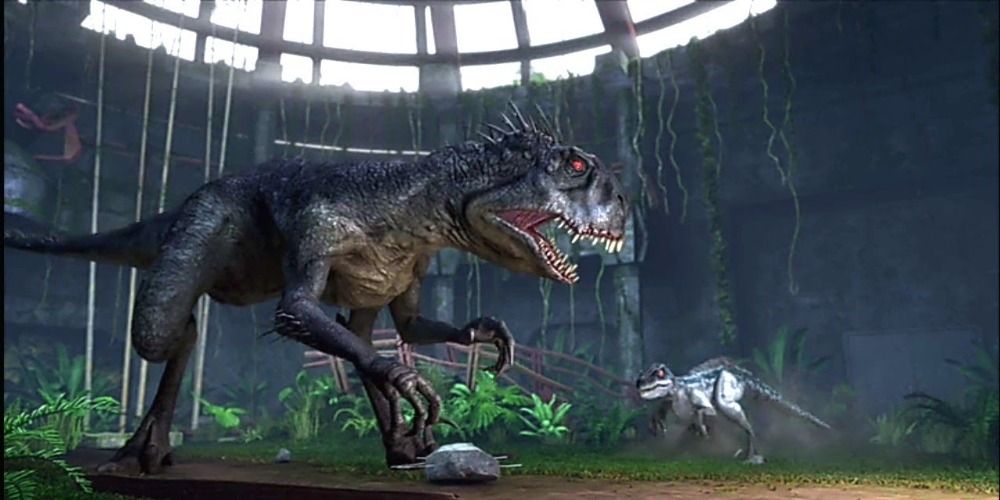
In the films, Dr. Wu created two deadly hybrid dinosaurs, the Indominus Rex and the unstable Indo-Raptor. Jurassic World: Camp Cretaceous reveals that they weren’t his first attempts at creating a new Dinosaur. Season 3 of the show introduces audiences and the former campers to the Scorpius Rex.
The Scorpius Rex is a terrifying, powerful, and unstable hybrid Dinosaur that shares more in common with the Indo-Raptor than anything else. Due to its unpredictable nature and the fact that it couldn’t be controlled, Masrani ordered Wu to terminate the hybrid, but Wu just cryogenically froze it until it was accidentally set free by Kenji. Its design is reminiscent of both hybrids that would come after it, solidifying its place as a prototype.
Jurassic World: Fallen Kingdom
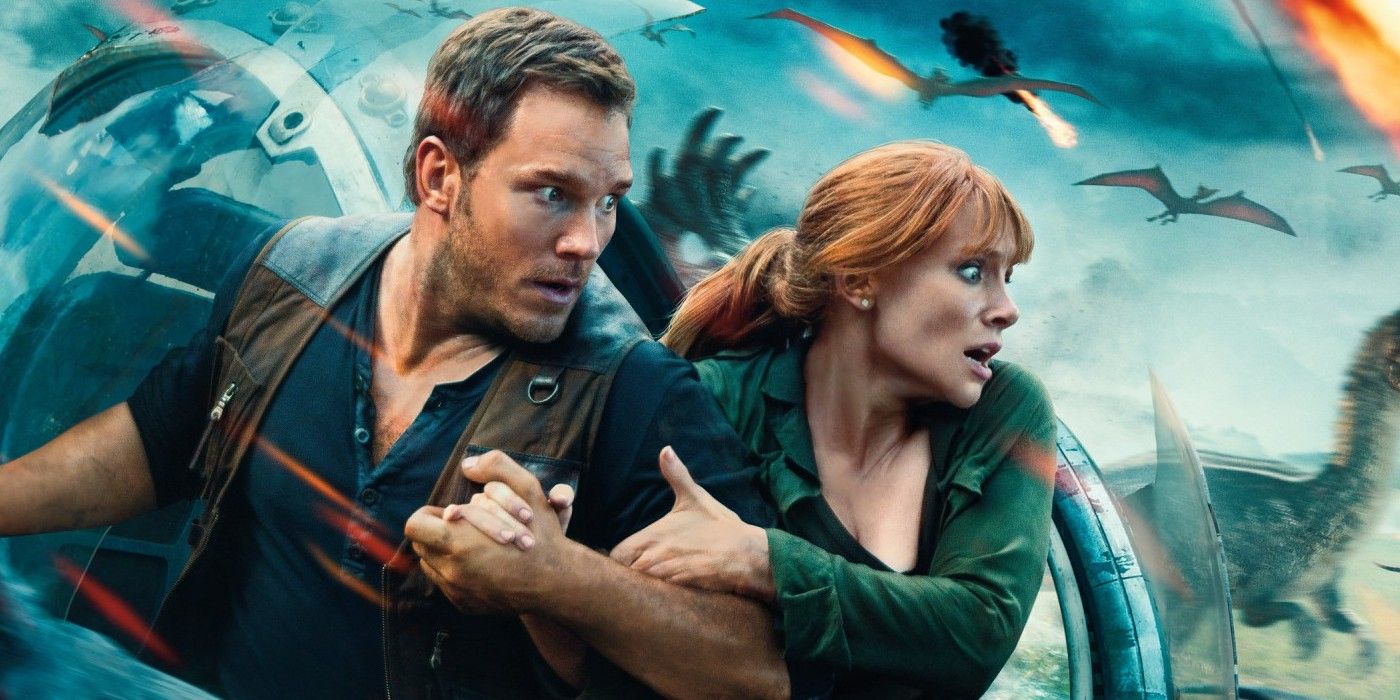
Towards the end of the first season, Jurassic World: Camp Cretaceous often connected its story with events of Jurassic World, but it wasn’t until the third season that it connected itself to Jurassic World: Fallen Kingdom.
Set six months after the events of Jurassic World, the T-Rex is baited away from Brook-Lynne to chase after someone else. What followed was a recreation of the prologue of Jurassic World: Fallen Kingdom but from the perspective of the campers. From their perspective, viewers see the man narrowly escape the T-Rex only to be eaten by the Mosasaur.
Dr. Wu
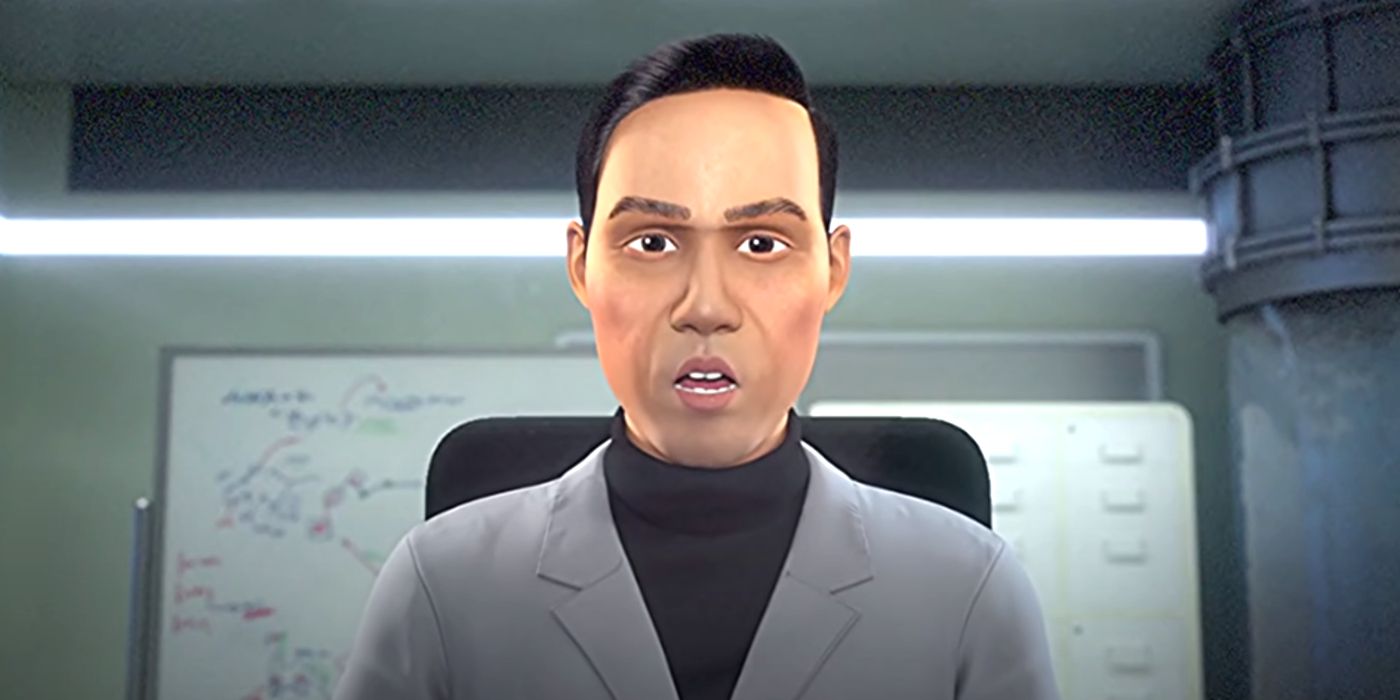
A man who started as a humble cloning scientist working for InGen and John Hammond became one of the main villains of the Jurassic World movies. Although the films don’t paint Dr. Henry Wu in a very good light, mostly choosing to make him some sort of eccentric scientist, one of the best things about the Jurassic World: Camp Cretaceous is how it continued to develop Wu’s character, adding more layers and depth.
Dr. Wu returns to the island after the events of the Jurassic World: Fallen Kingdom prologue and confronts the campers who have been living on the island for the past six months. The interactions that Wu has with these kids inform his character in a way that the films didn’t seem willing to do. He wasn’t setting out to create monsters but was forced into a role his employers created for him. Hopefully, this portrayal will set the stage for his role in the upcoming Jurassic World: Dominion.
VR Game
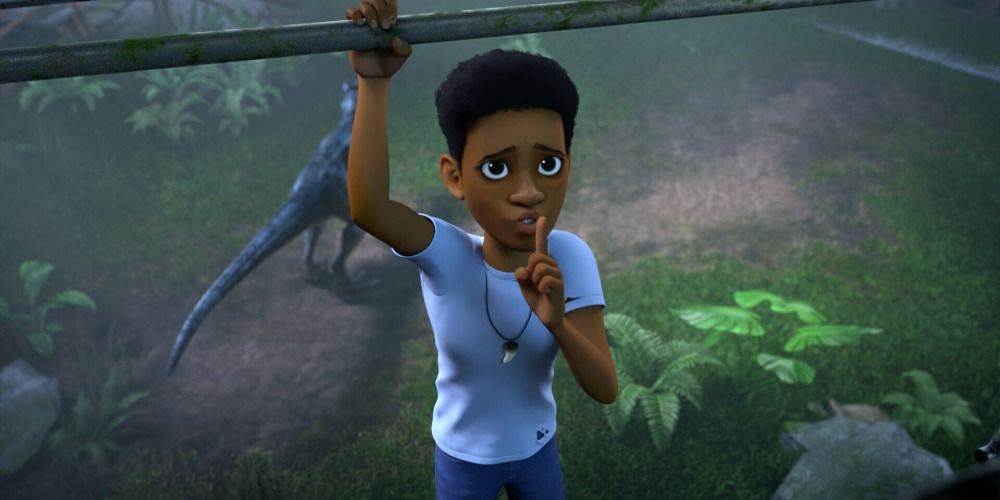
The first season of the show begins with Darius playing the Jurassic World VR game in the hopes of beating it to win tickets to Camp Cretaceous since they’re normally so expensive. His love of Dinosaurs drives him to want to go to Jurassic World somehow and he uses books from Dr. Allen Grant to win the game.
The game is has a few Easter eggs, from the helicopter that Masrani crashes into the aviary to a raptor resonating chamber. First seen in Jurassic Park III, this part of a raptor was used to distract the raptors from eating Grant and his friends at the end of that movie. In the in-universe VR game, it’s the secret to finally beating the game for Darius.
Indominus Rex
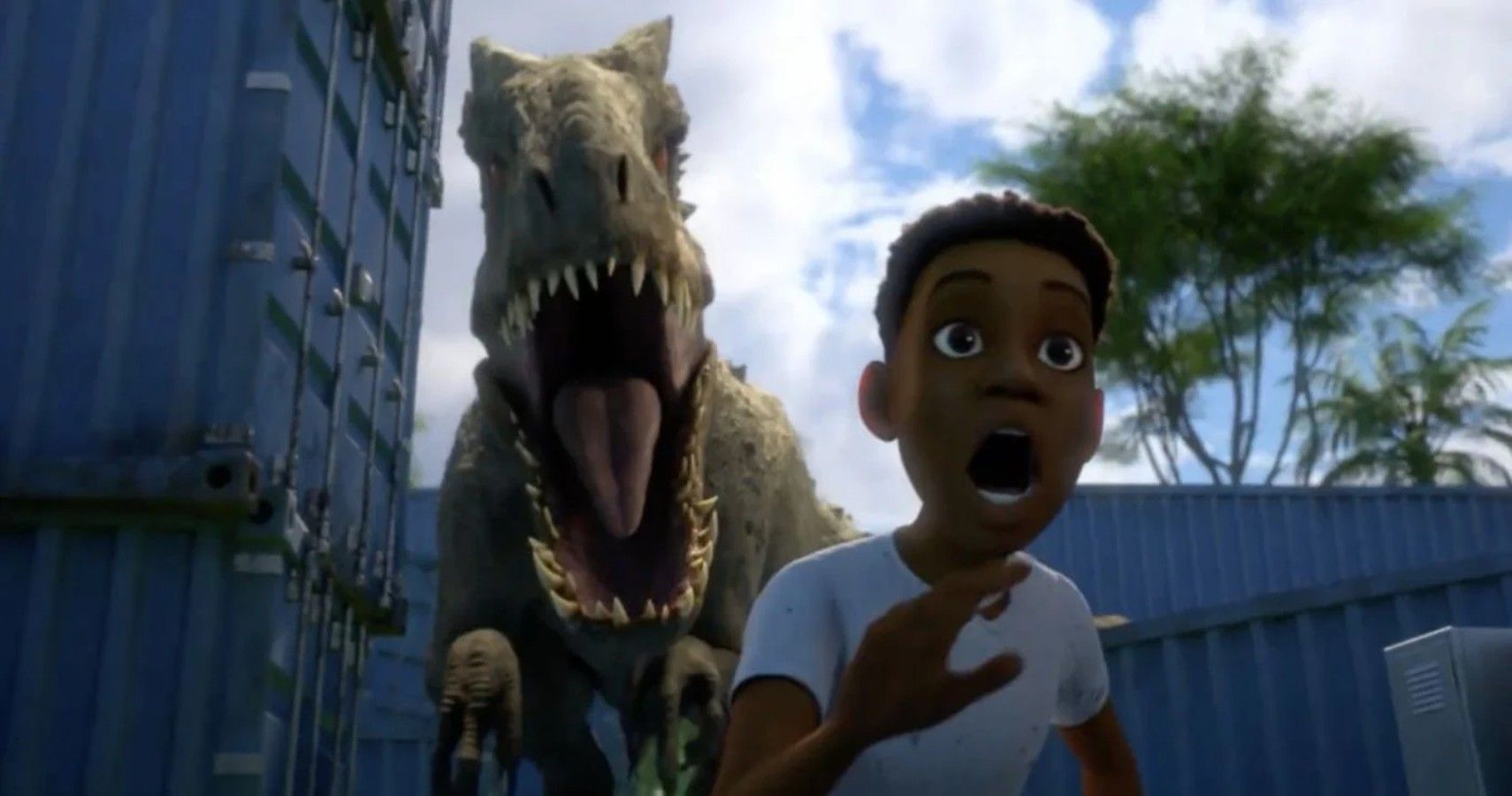
The Indominus Rex was a terrifying creation of Dr. Wu’s that served as the primary monster for Jurassic World. It got lost and went on a killing spree before finally getting taken down by the combined might of Rexy, Blue, and the Mosasaurs.
Since a good chunk of the end of the final episodes of season one of Jurassic World: Camp Cretaceous takes place during the events of Jurassic World, it’s only natural that the Indominus makes an appearance to terrorize the campers. The Indominus created some problems for the campers, like preventing their escape from a lab in the forest. The Indominus attack on the Aviary is seen through a different perspective in one of the other times the show directly portrayed an event from the movie.
The UN
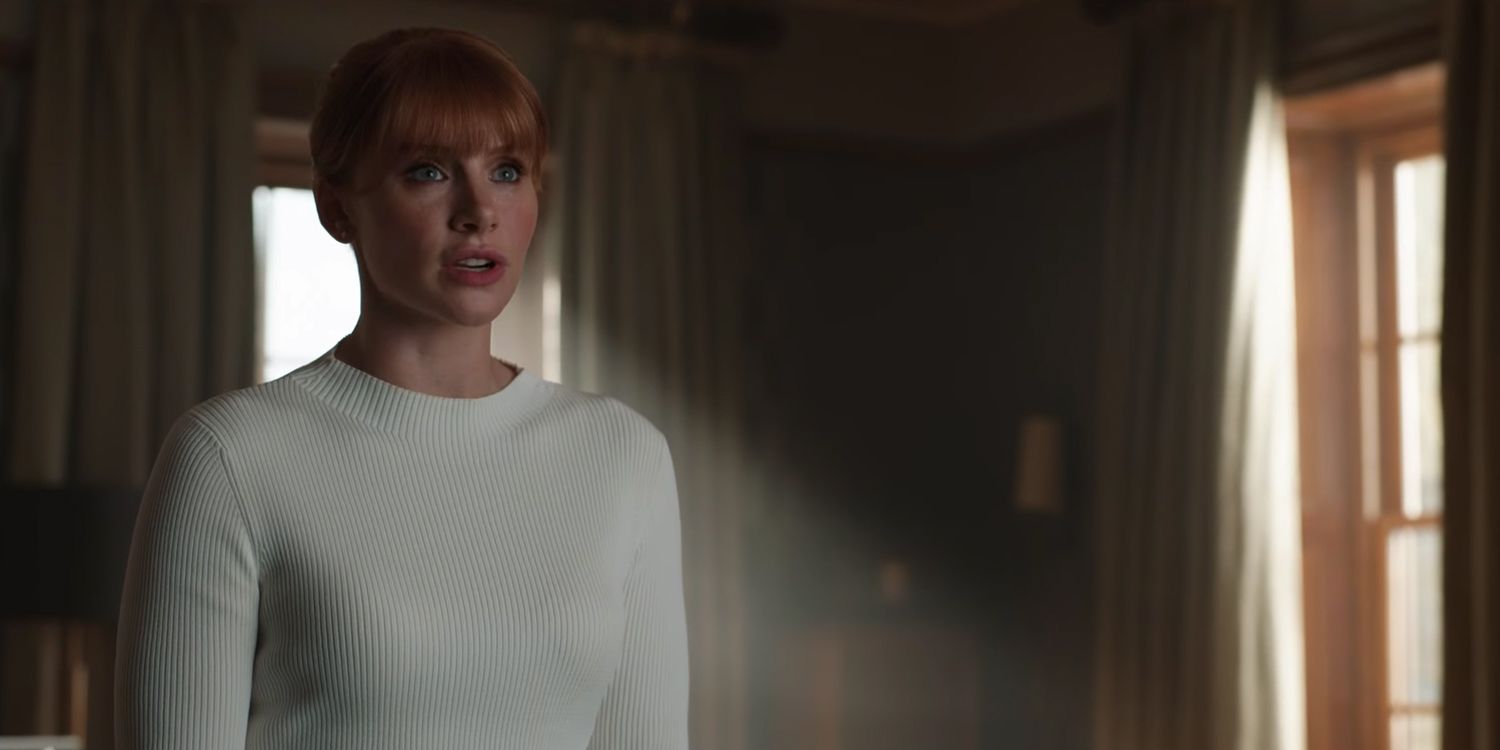
In Jurassic World: Fallen Kingdom, Claire and her Dinosaur Protection Group are attempting to sway public and government to save the Dinosaurs from being killed on the island. In a twist of fate, the Island’s mountain turns out to be an active volcano and is on the verge of erupting, which would destroy everything on the island.
Jurassic World: Camp Cretaceous retroactively gives some context to this struggle. When the poachers arrive on the island, they say that Isla Nublar is under UN Quarantine, meaning no one is allowed on the island until they can figure out what to do with it. This also explains why the kids weren’t immediately rescued. These UN talks would go on for a few years before finally culminating in a private intervention as seen in Jurassic World: Fallen Kingdom.
Gyrosphere And Other Rides
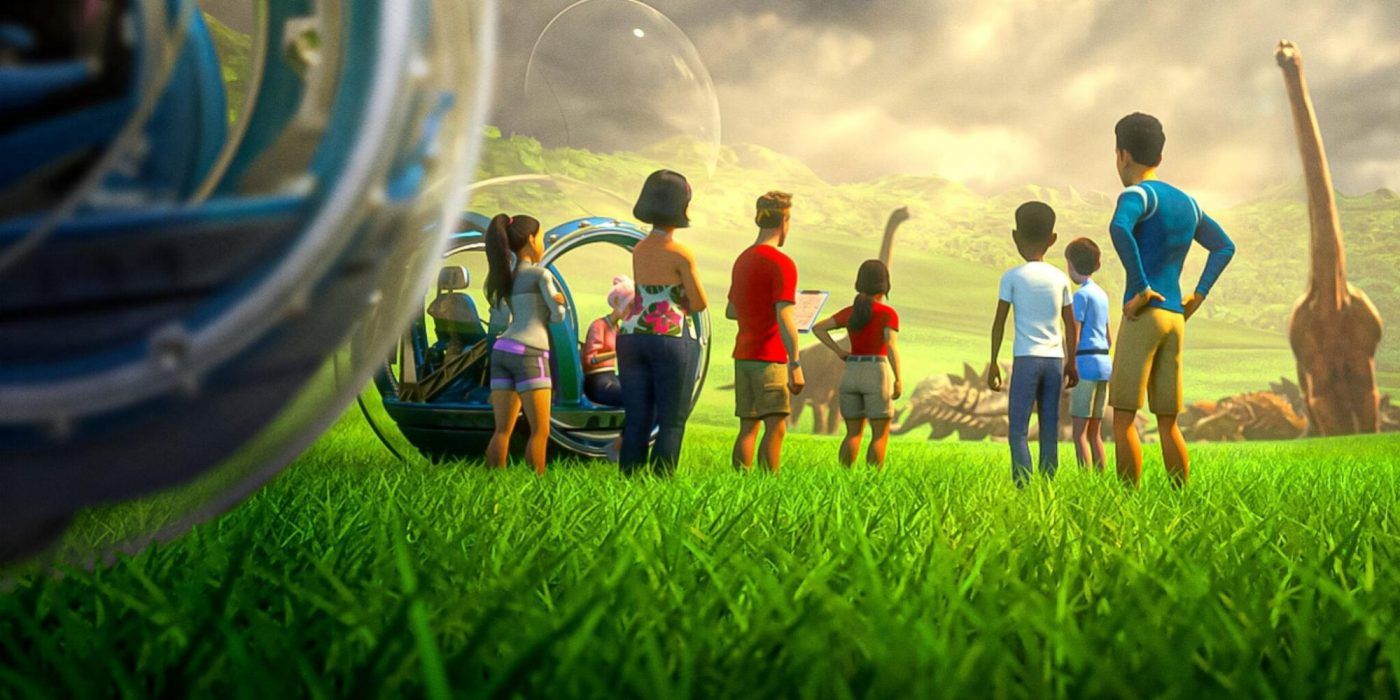
Jurassic World introduced audiences to a bustling and working theme park, populated by many rides. While some rides were only alluded to, others were shown outright. The Gyrosphere’s became an iconic feature of the new film – one that would carry into the second one. These allowed people to freely roam with the Herbavour’s that were grazing in a massive field.
The show would frequently use these Gyrospheres, once for their intended use when the park was functioning and then later for quick escapes or traversals, similar to the use in Jurassic World: Fallen Kingdom. The show also expands the Jurassic theme park by allowing audiences to see other parts that the filmmakers didn’t have time to show (such as hang-gliding and riverboat rides).
Isla Sorna
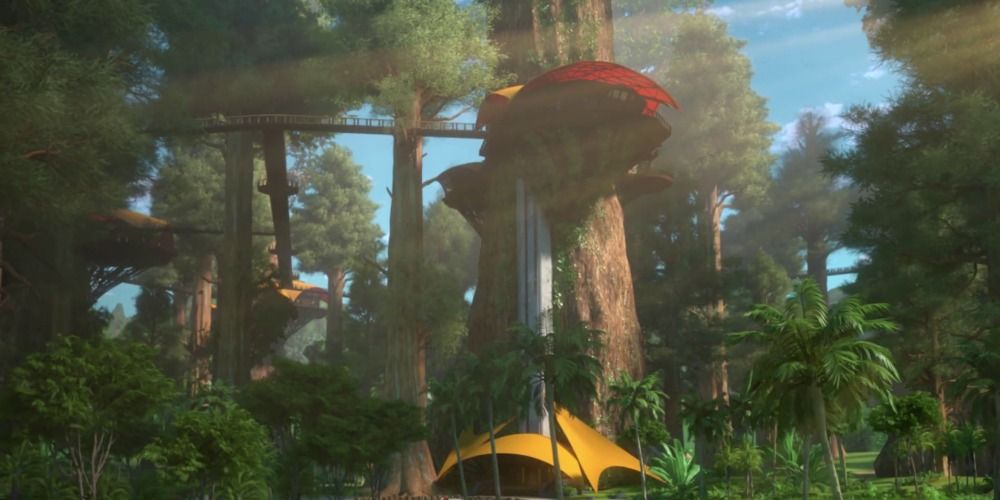
“Thank God for site B” were John Hammond’s words in The Lost World: Jurassic Park. Site B or Isla Sorna was home to a thriving ecosystem of Dinosaurs and featured in two Jurassic Park movies. Isla Sorna was never mentioned in the Jurassic World movies but featured heavily in viral material for the first film. According to the in-universe website, the appearance of a new super predator, the Spinosaurus destabilized the echo system and Masrani had the remaining dinosaurs shipped to Isla Sorna.
The Spinosaurus makes her return in the fourth season of Jurassic World: Camp Cretaceous. The kids find themselves on a new island owned by Mantah Corp, the shady organization responsible for Sammy’s early series betrayal. It’s revealed that the Spinosaurus in this season and two T-Rex’s are from Isla Nublar. This connection is kind of a happy one for long-time fans since it means that Junior is alive.
